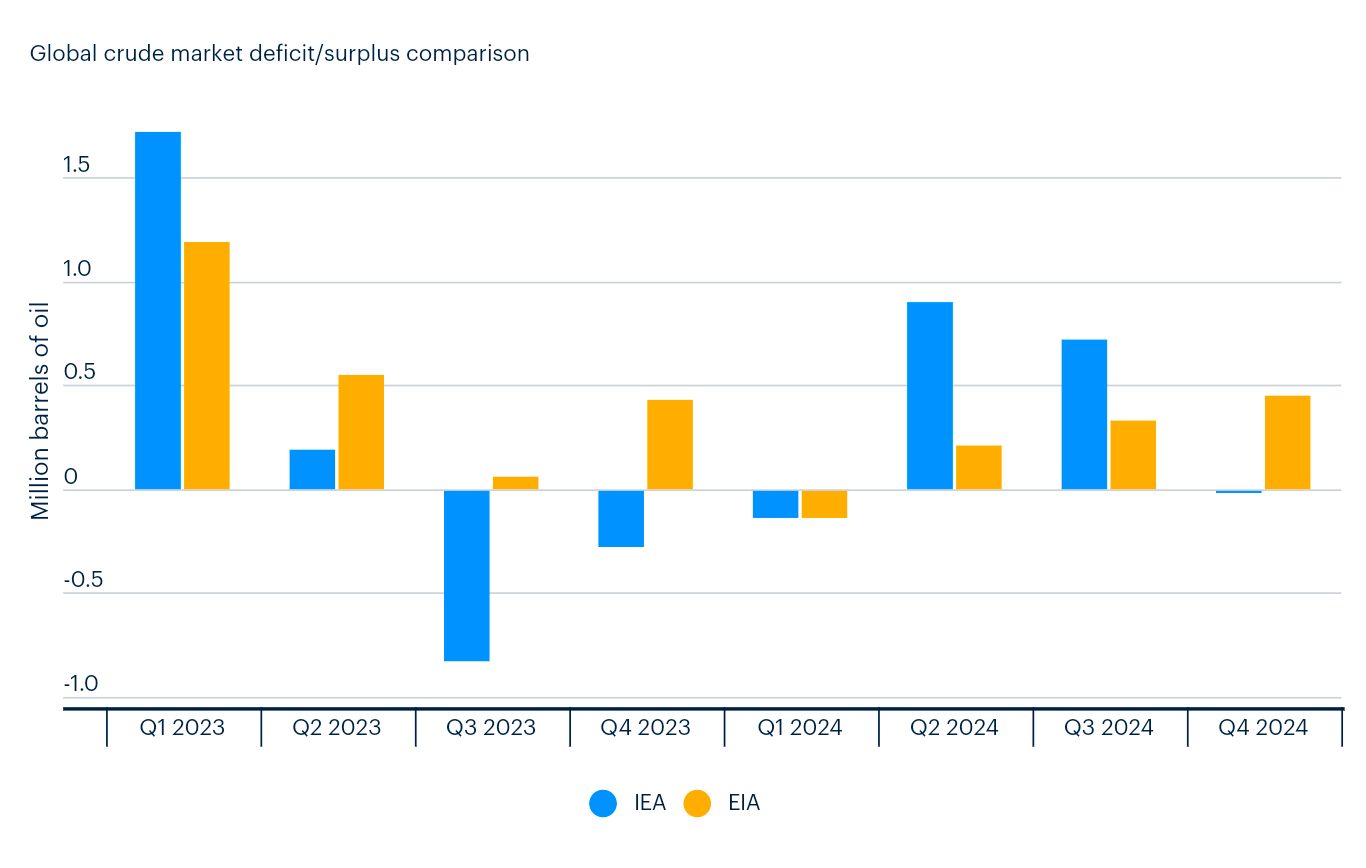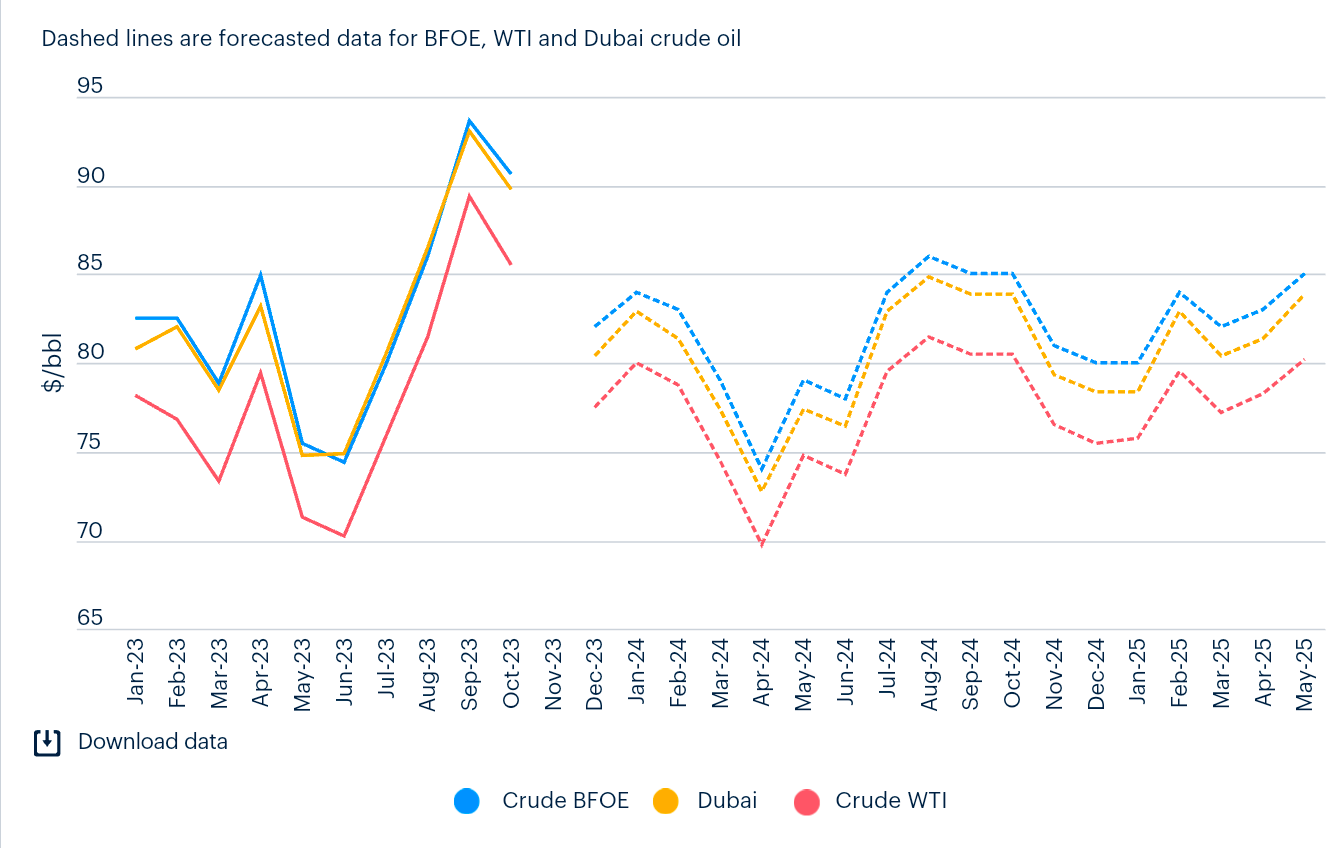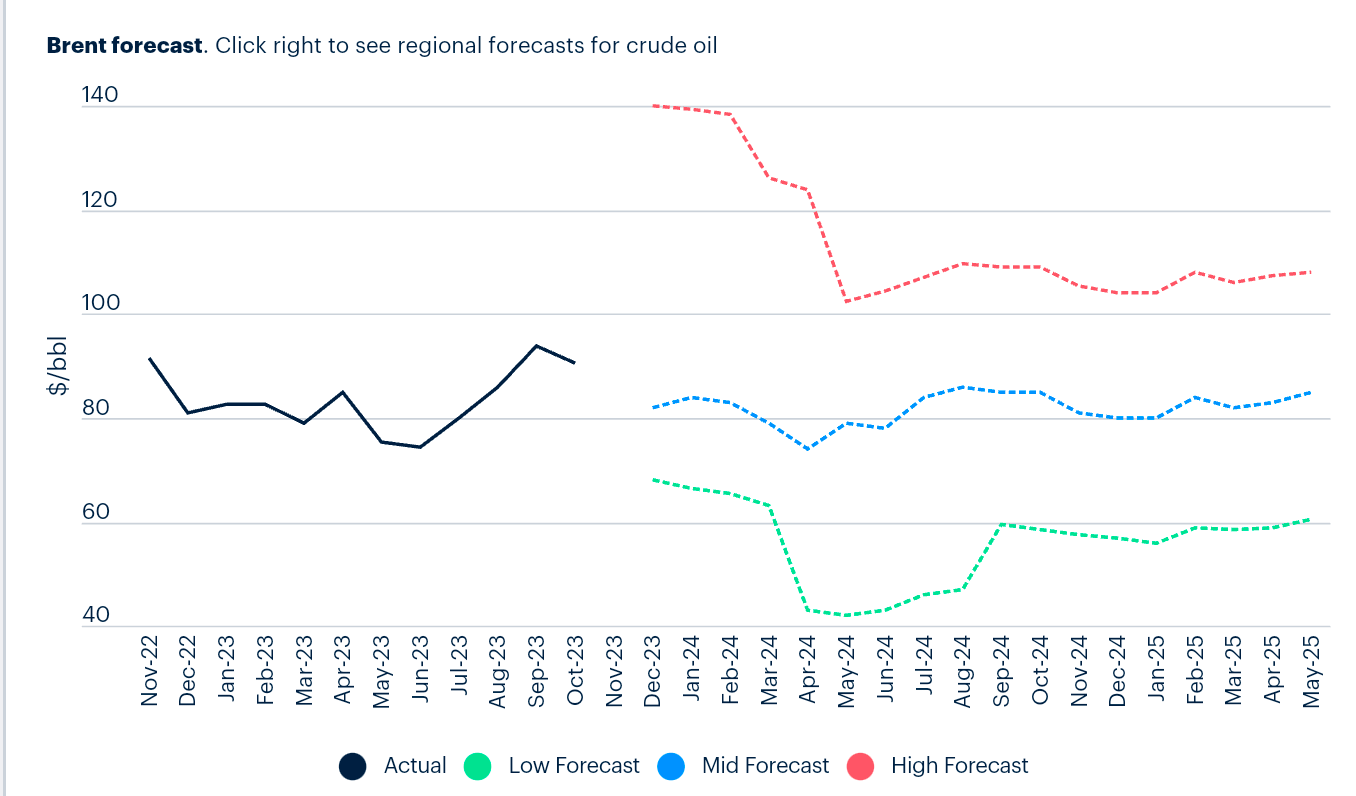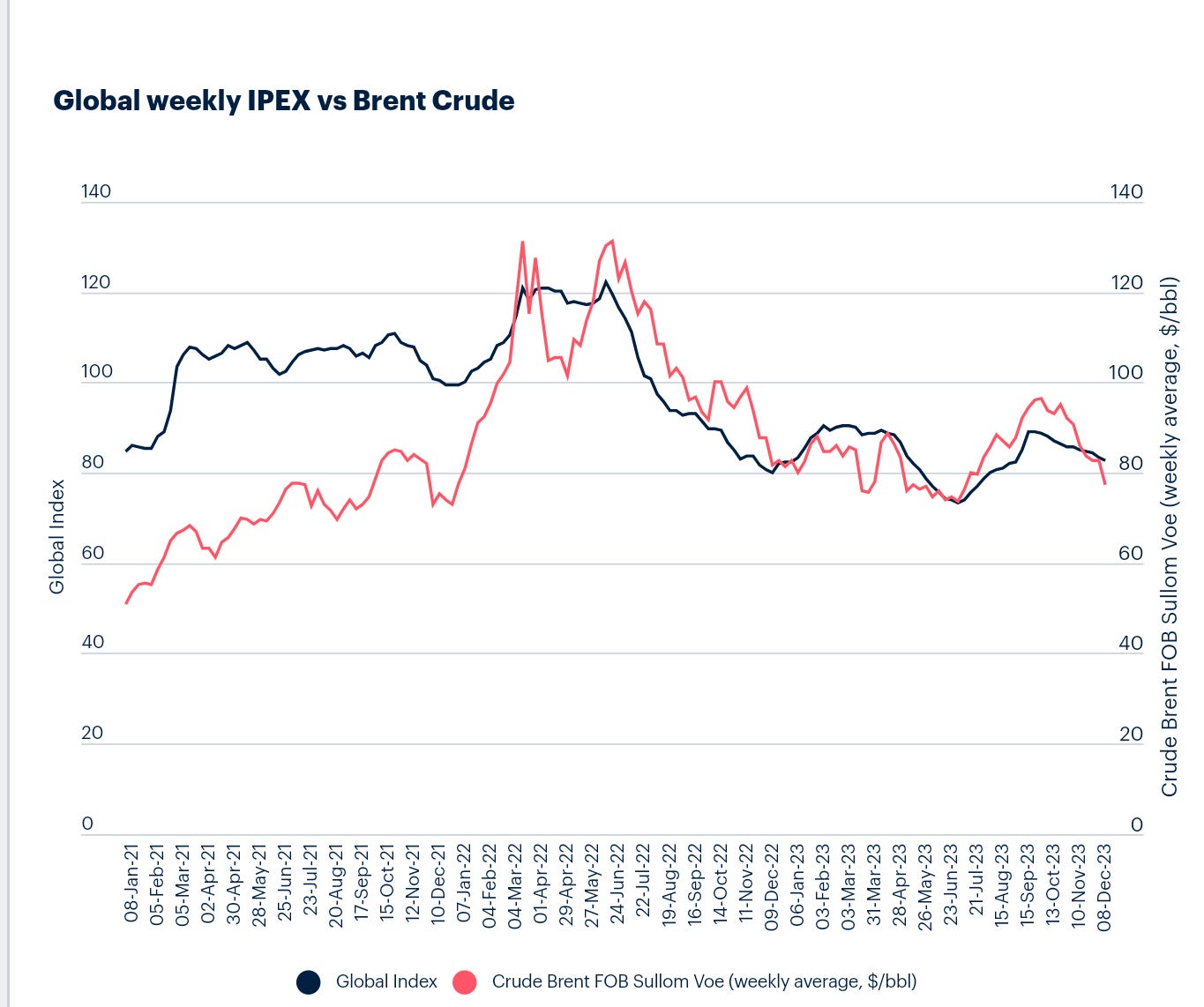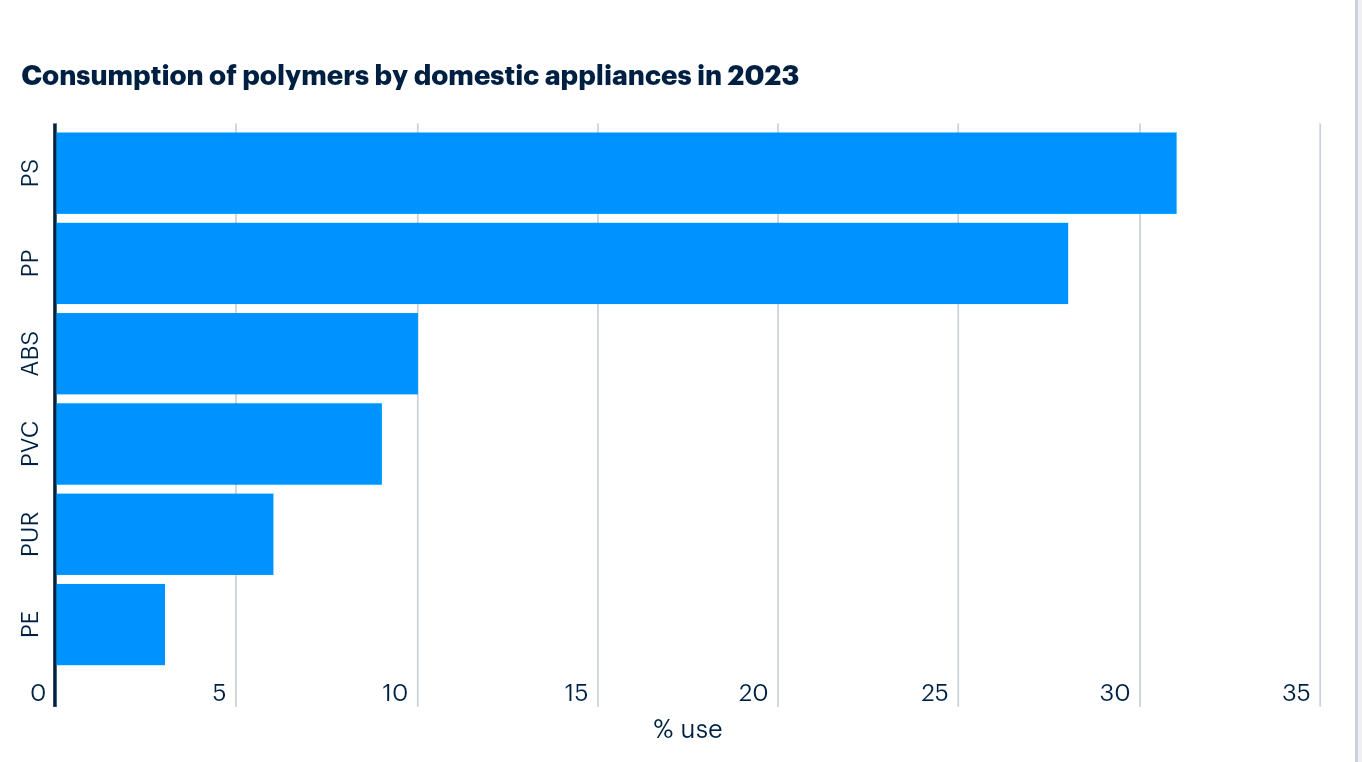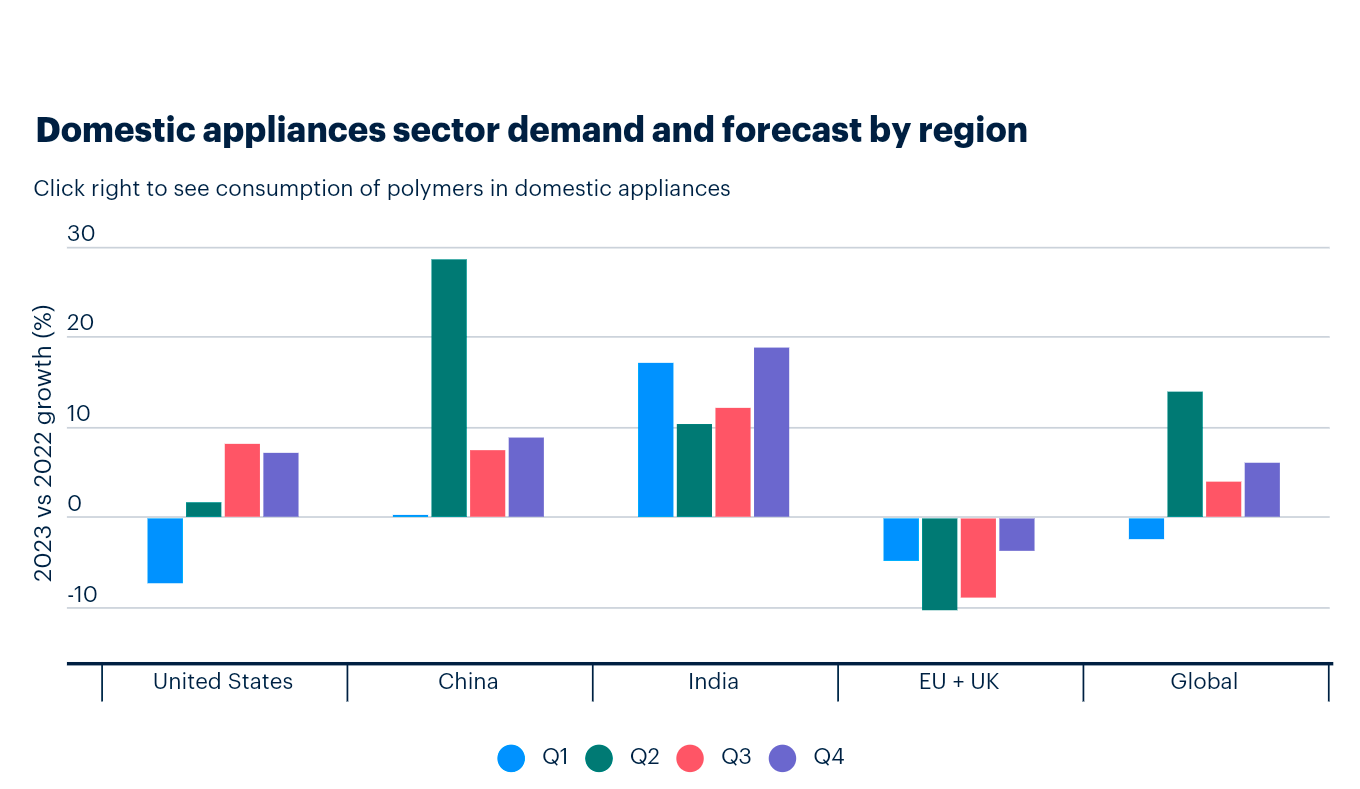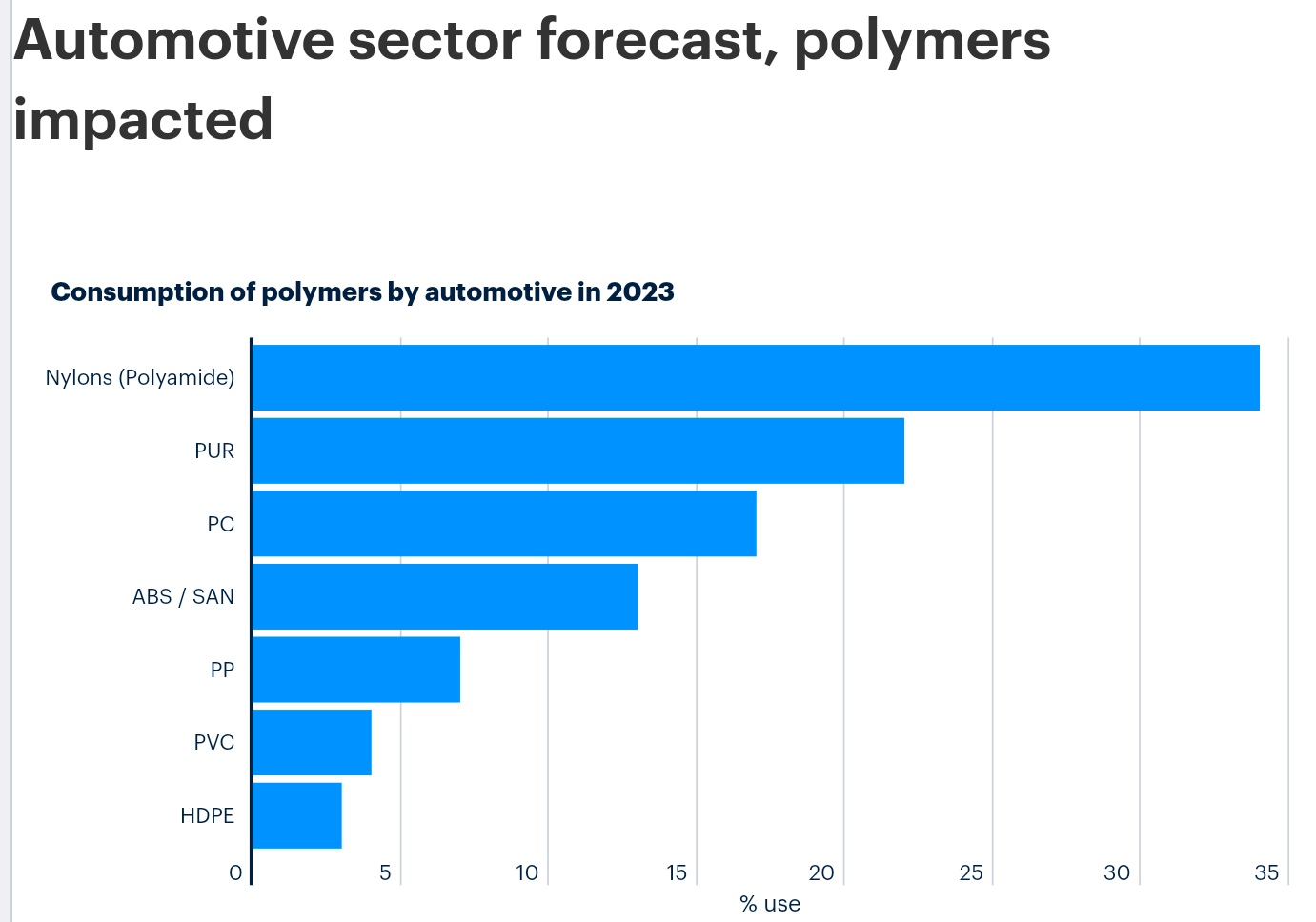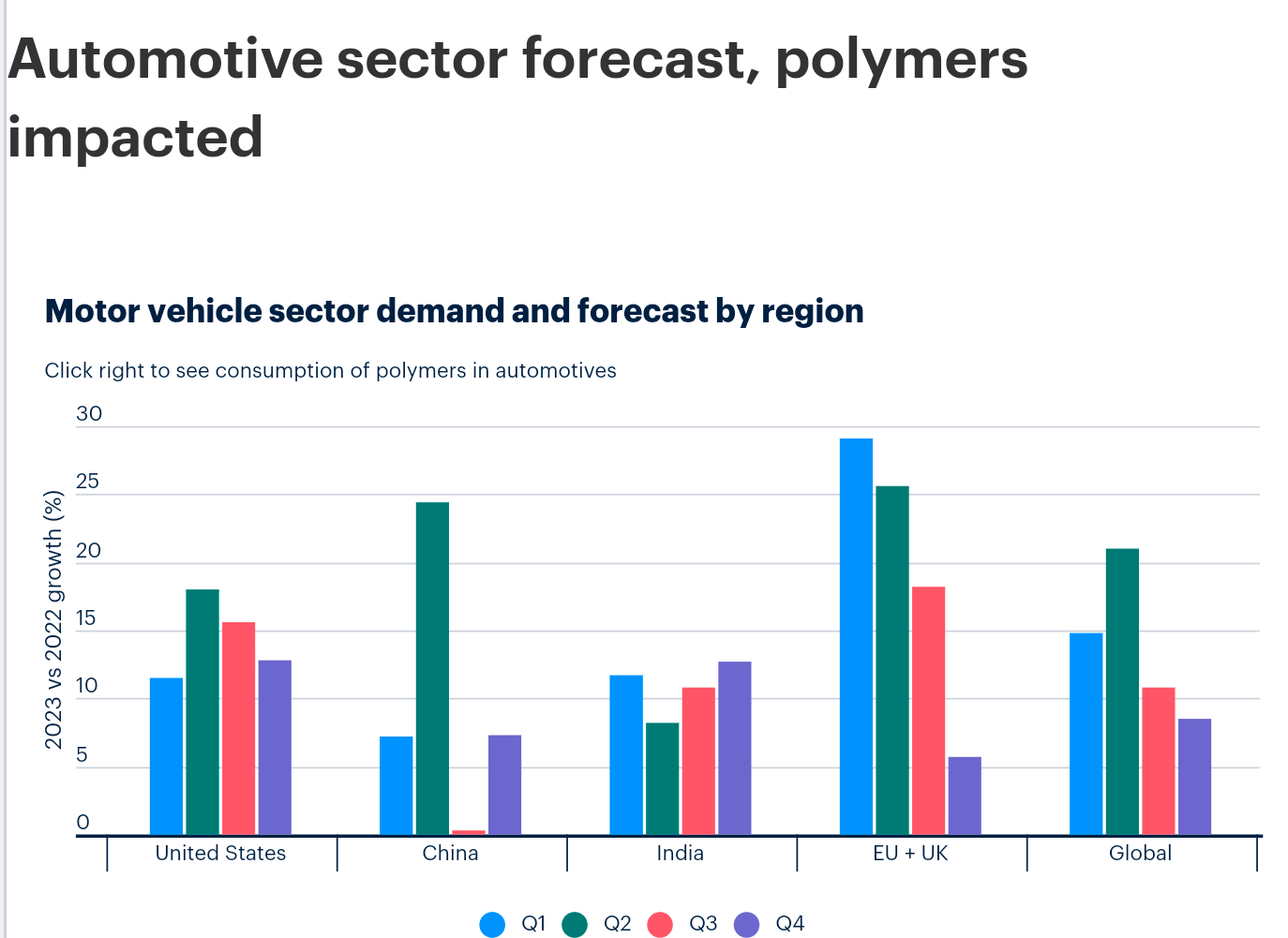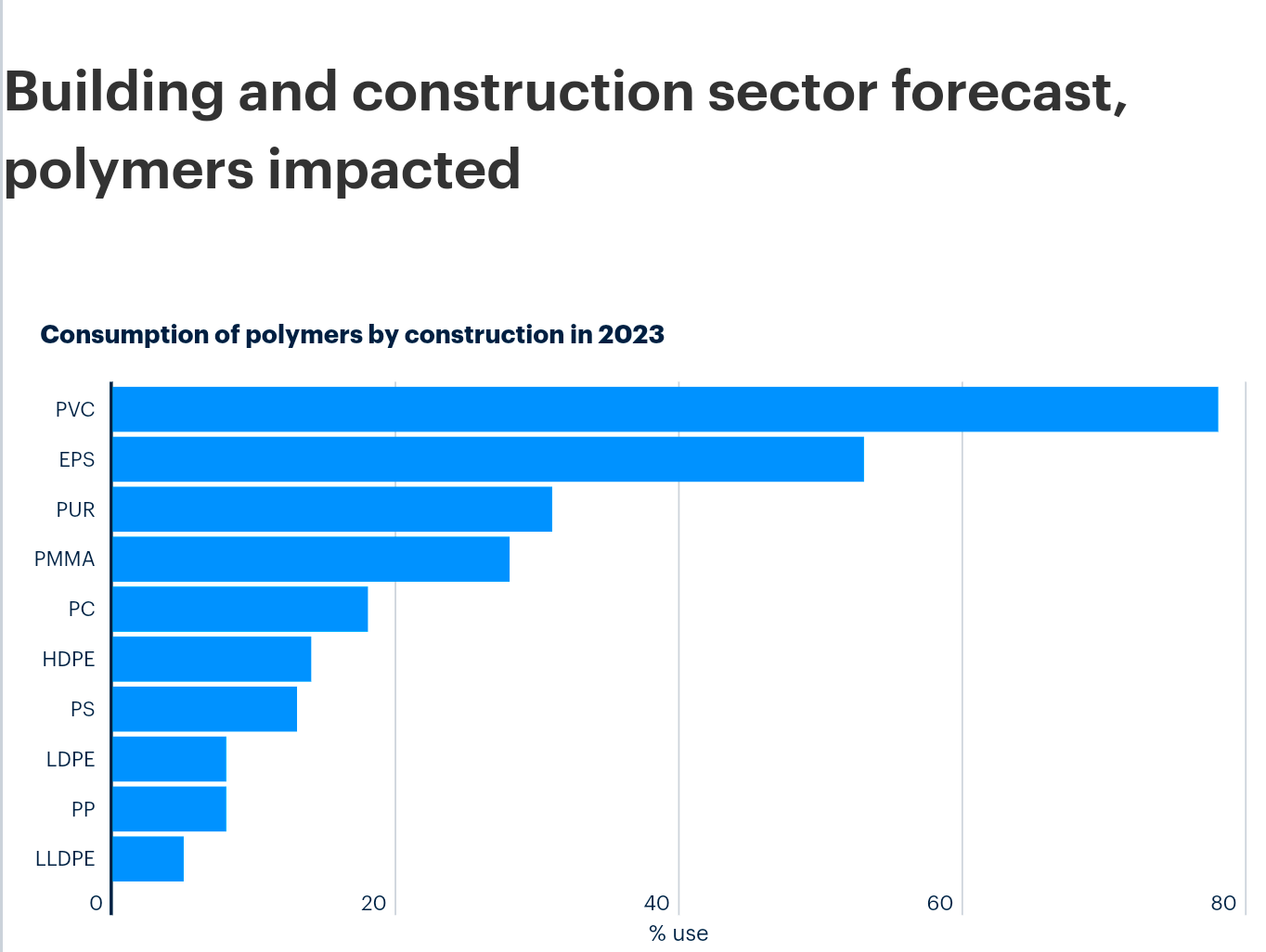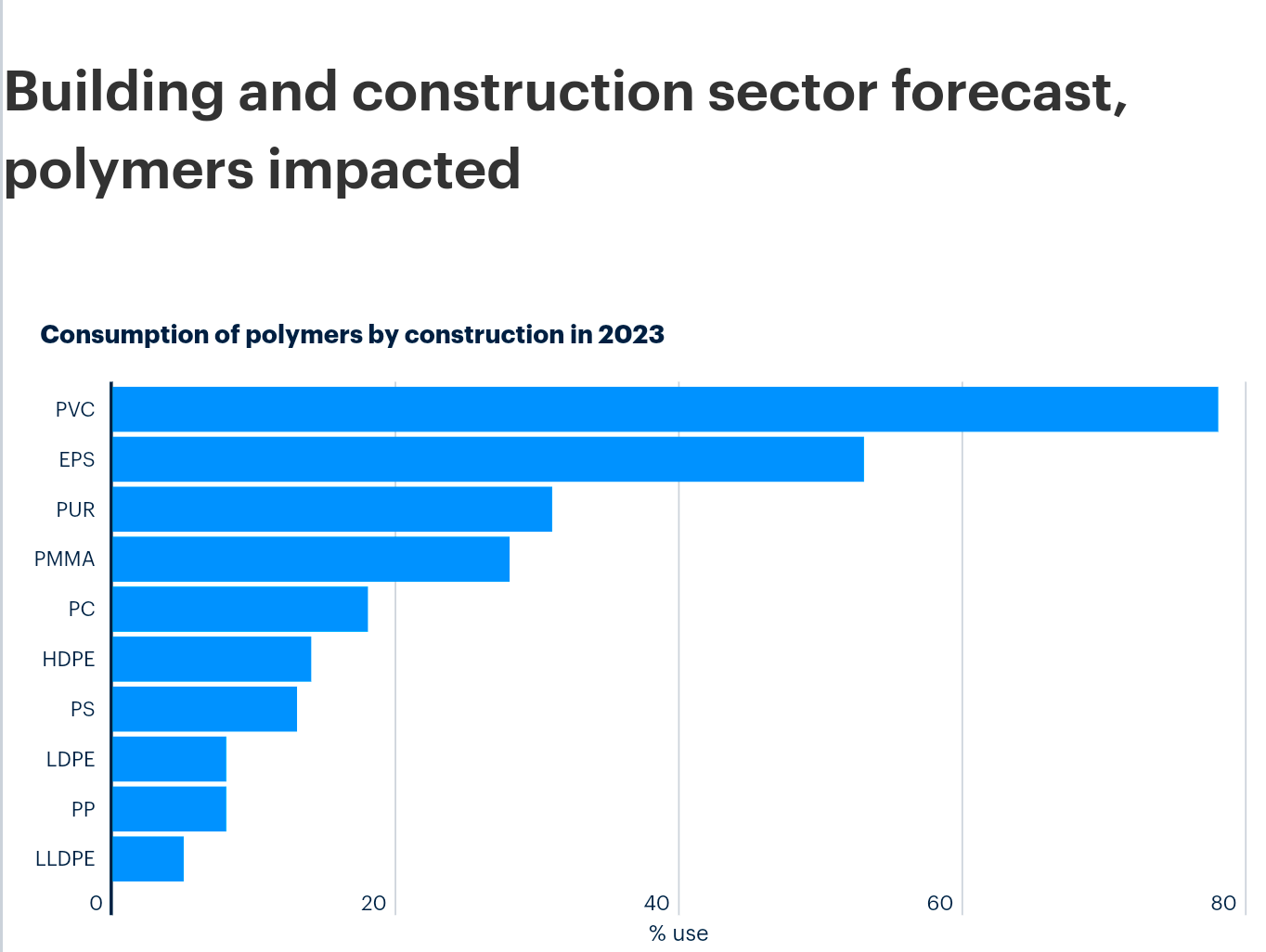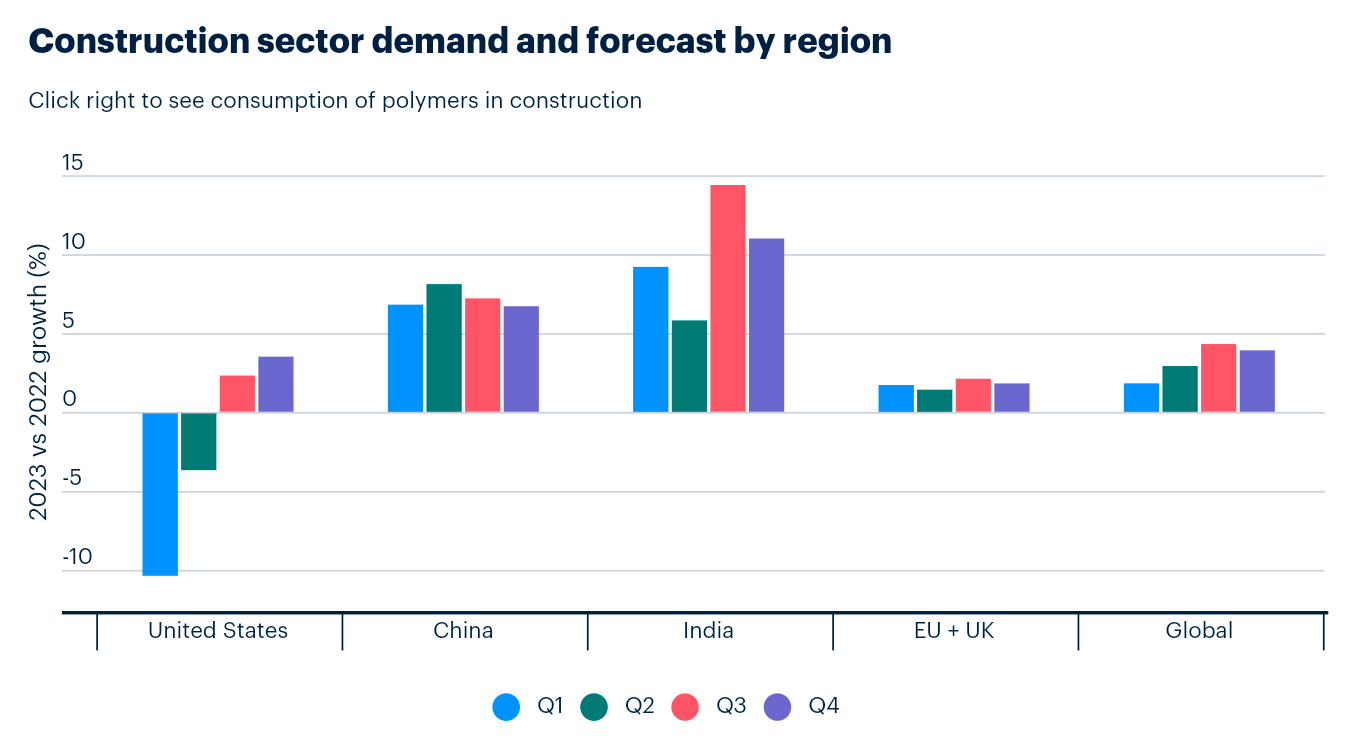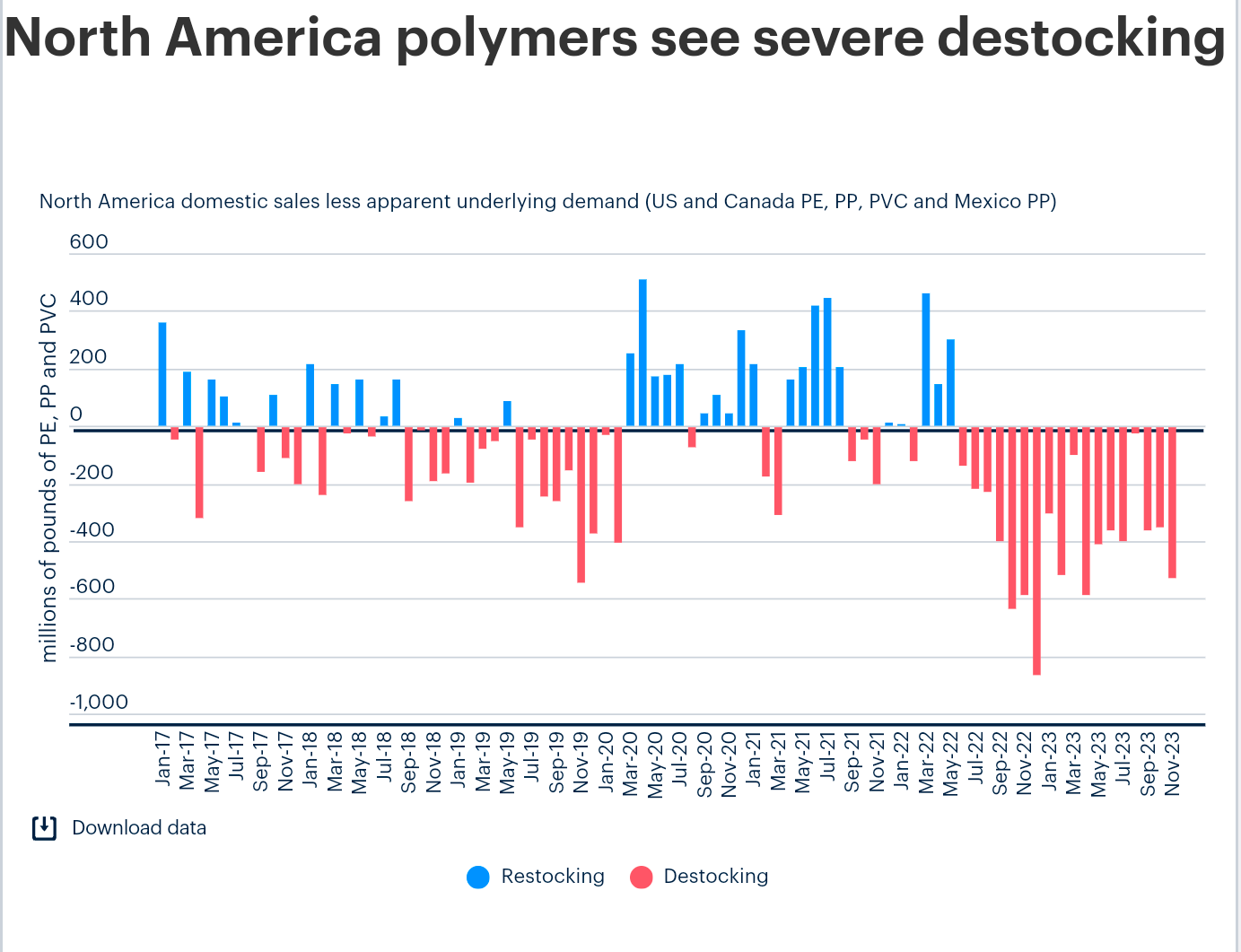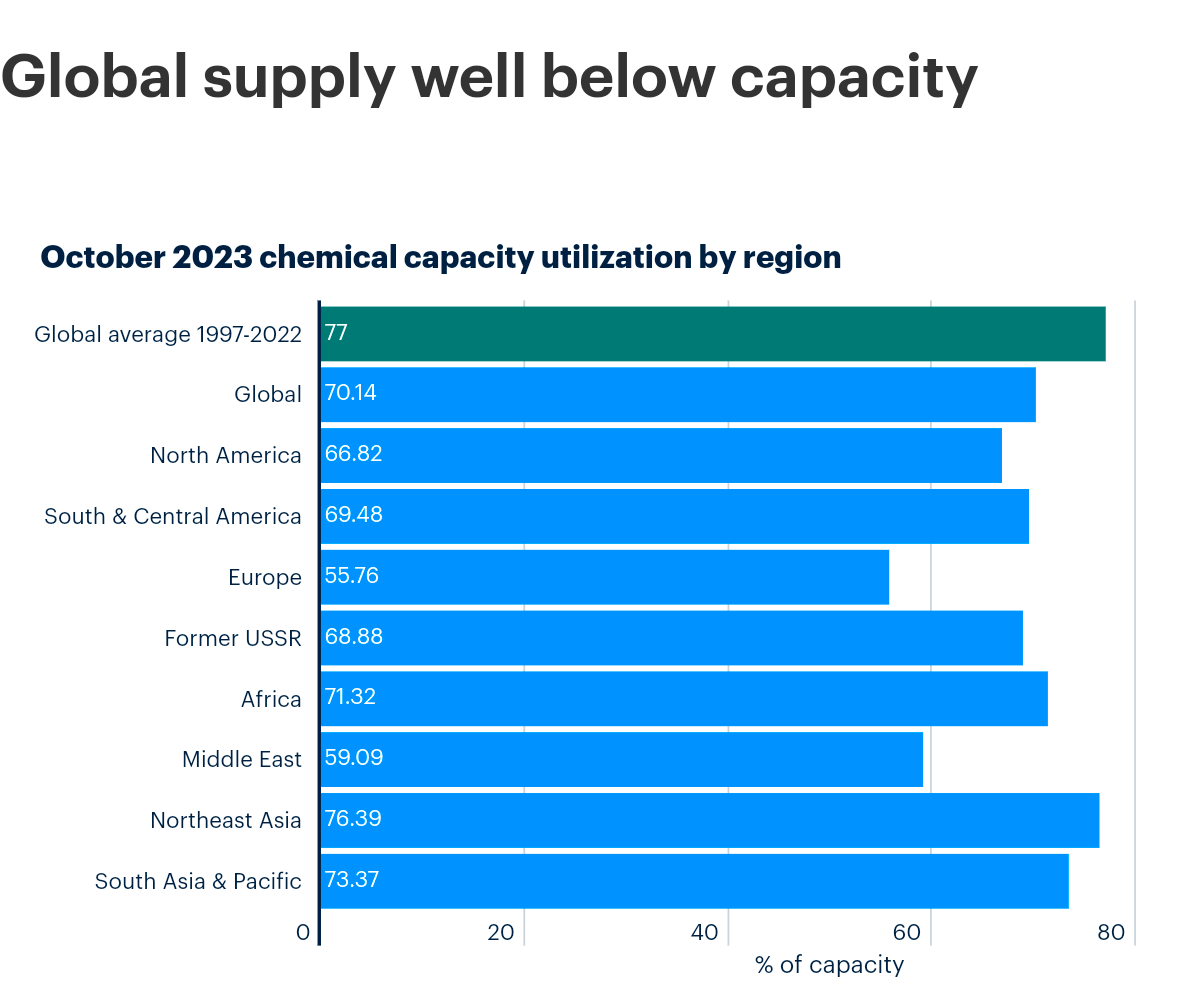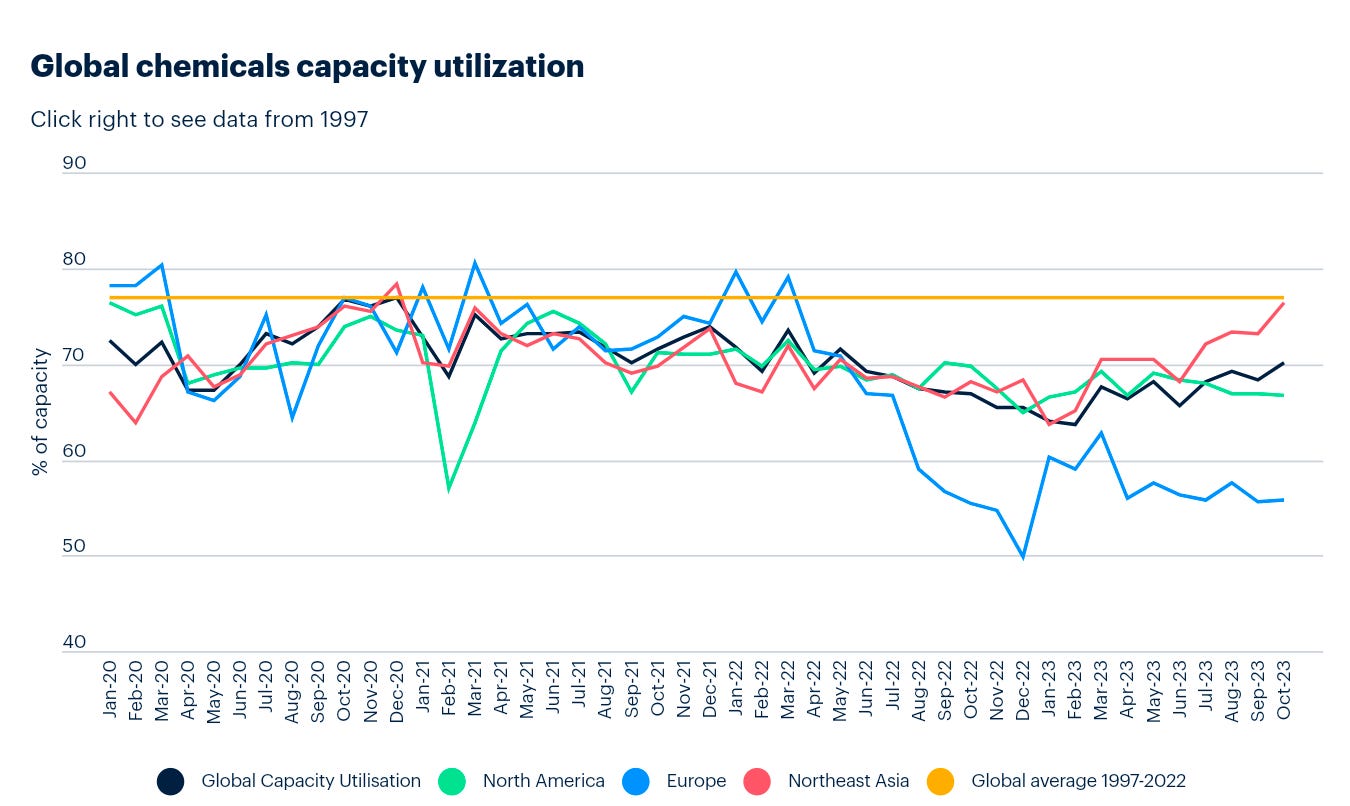Global economic and chemical overview
Global Economic Overview:
- In the US and Europe, inflation is easing, and central banks have ceased hiking interest rates.
- China is experiencing deflation due to weak demand for exports.
Chemical Industry Q4 Outlook:
- Chemical companies anticipate a weak Q4 due to headwinds in durables and construction.
- Dow CEO notes chemicals "bouncing around the bottom" with some positive signs, especially in US PE exports.
-Commodities Exposure:
- Commodities most exposed to housing, construction, and durables include PVC, MDI, TDI, polyols, phenol, TiO2, VAM, acrylates, epoxy resins, PP, PS, ABS, PC, and PMMA.
Global Auto Demand:
- Solid global auto demand remains a major bright spot for chemicals and plastics.
- Despite a blowout 5.2% GDP growth in Q3 2023, ICIS forecasts a weaker Q4, with US GDP bottoming in Q2 2024.
Fed's Stance and Economic Indicators:
- The Fed took a dovish stance in its December meeting, with rate hikes confirmed over, and projections of 3 rate cuts in 2024.
- 10-year Treasury yields have come off from their late October high of around 5%, indicating easing inflation and labor market tightness.
US Economic Conditions:
- Headwinds include the resumption of student loan repayments in Oct and geopolitical uncertainty with the Israel/Hamas conflict.
- Tailwinds include a still-low unemployment rate (3.7%) and massive infrastructure stimulus from bills like the IRA, CHIPS Act, and Infrastructure Investment and Jobs Act.
Global Economic Disparities:
- The US has a dual-track economy with consumer spending largely targeted to services, while chemicals' exposure to manufacturing is about 4x vs services.
- Services activity has rolled over in Europe, and manufacturing is in recession in Europe and the US.
China's Economic Indicators:
- China broke a 6-month streak of YoY export declines but experienced deflation, with consumer prices (CPI) down 0.5% in Nov and producer prices (PPI) down 3.0%.
- China's Q3 GDP surprised to the upside, and the IMF upgraded its GDP forecast for 2023 and 2024 on new stimulus measures.
Automotive Industry Trends:
- Automotive has been a bright spot for chemicals, with ICIS projecting 2024 US light vehicle sales easing slightly before rebounding strongly in 2025.
- Rising inventories of electric vehicles (EVs) are noted, averaging 89 days YTD vs 57 days for internal combustion engine (ICE) vehicles.
Global Chemical Prices (IPEX):
- The global spot ICIS Petrochemical Index (IPEX) declined by 0.3% week on week, marking its sixth consecutive decline.
- Northwest European index posted the sharpest fall at 1.2%, driven by softer styrene, methanol, and polyvinyl chloride (PVC) values.
- Northeast Asia's index decreased by 0.2%, with polyethylene (PE) and benzene prices rising but offset by slight falls in other markets.
- The US Gulf IPEX edged down 0.1%, influenced by demand weakness and ample supply in ethylene, styrene, and benzene.
Crude Oil Market:
- Crude oil values rose in the week to December 15 due to tight supply worries and a larger-than-expected drawdown in US crude stocks.
- Throughout November, oil prices declined over 7% month-on-month, driven by concerns over expanding non-OPEC supply and weakening demand.
- OPEC is maintaining the current production quota, with Saudi Arabia's voluntary cut of an additional 1m bbl/d in place until year-end.
- Oil supply growth in the US and Brazil exceeded expectations in November, with limited impact from the Middle East conflict.
Oil Market Outlook:
- Crude prices fell for the fifth consecutive week due to concerns of oversupply for Q1 2024.
- The US Energy Information Administration (EIA) and the International Energy Agency (IEA) forecast lower global oil consumption in 2024.
- Sentiment remains bearish, and ICE Brent and WTI benchmarks flirt with contango, indicating future oil oversupply.
- The IEA expects a crude surplus in Q1 2024, with supply growth from the US, Brazil, and Guyana offsetting OPEC+ cuts.
Economic Outlook and Industry-Specific Impacts:
- The macroeconomic outlook for 2023 is negative, driven by inflation causing demand destruction.
- China and India show year-on-year growth, with China's real estate woes impacting demand.
- The global auto sector outlook is positive in H2 2023, with the US light vehicle sales rebounding.
- Inflation and high-interest rates hinder the construction sector, with property developers struggling with financing.
- North America's domestic sales of PE, PP, and PVC have been below underlying demand, signaling severe destocking.
- US manufacturing remains in deep contraction, Europe's manufacturing contraction improves, and China's manufacturing activity remains around the neutral level.
Some related graphs….




